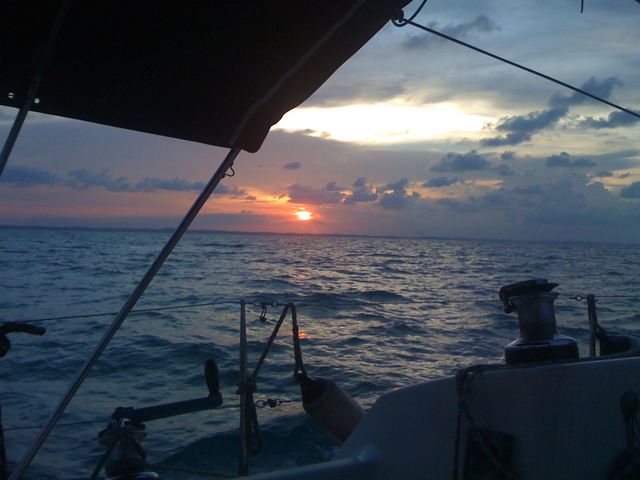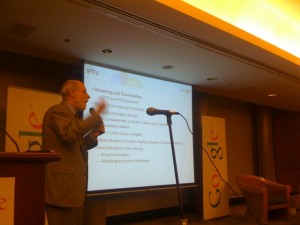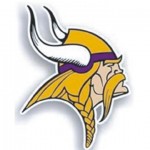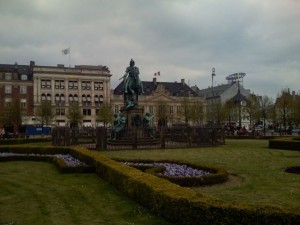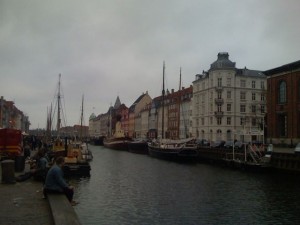September 5th, 2008
Updates and P2P in China
» china, p2p, Travel
I had a crazy month traveling across Shanghai, Hong Kong, New York, Chicago, Seattle, Palo Alto, Los Angeles and finally back in Singapore. It was great trip, mostly business but in between some personal stuff, catching up with ex-boss, old friends and making new ones. A great evening with Marc Canter and his family (love the Canter’s song! :-)
It was also a great time traveling in US as a Chinese. Taxi drivers rave non-stop about the amazing Chinese Olympic openings and for the first time, see China differently. (Well, I wasn’t born in China but still I am a Chinese :-)
On my way back to Singapore, AIMS published the recommendation on the changes to media policy in Singapore. I was one of the stakeholder they consulted early in the process so I got swamp by reporters who got an early preview of the document. Unfortunately, I didn’t get to read the final version before them so I couldn’t really answer most of their questions. Anyway, suffice to say, I was happy with the progress. It is a much bigger step in media liberalization that I expected.
So I was back in Singapore and I met a fund manager yesterday. She asked an interesting question:
“Why are there so many P2P companies in China and not in US?”
It is worthy to reflect on that question because in some ways it is true. In US, we have bittorrent.com but other than that, most P2P applications have pretty much gone. Napster, Kazaa, etc, gone.
Wait, what about Skype? Firstly, Skype is not US company. Secondly, Skype P2P is actually very simple – connect A to B, both behind NAT, via a supernode C. In fact, their Kazaa background has more complexity than Skype architecture.
Now compared it to China, the land of P2P Streaming with PPLive, PPStream and UUSee. There are numerous P2P downloads the most famous being Xunlei (backed by Google). And all of them are very successful : PPLive has over 100M installation based, 34M active users monthly.
So what happened?
I think it has to go back to the early 2000 when music industry decided to clamp down Napster. The defining moment was when Napster was shutdown by the court after years of lawsuit. Since then, anyone with a bizplan that even has the word “P2P” is unlikely to get funded. Innovation in P2P basically stop dead, with the exception of bittorrent and Skype, but both become relatively successful without VC backings.
On the other hand, P2P has no such stigma in China. Investments in P2P continues to flourish and today China can claim to have one of the most advance P2P technology in the world. To the extend that when people are finally trying to do video these days, people are looking towards China and see how video are being delivered in the number 1 broadband country in the world by number of subscribers but probably one of the worst by quality.
Look at the Olympics numbers. PPLive alone has more peak concurrent viewers (1.6M) than NBC (600k) and BBC (200k) add together.
There is a lesson to be learned: The unintended consequences of slapping a “evil” label on a technology where in reality, technology is neither good or evil, but rather the use of it.
Disclosure: I am associated with PPLive.






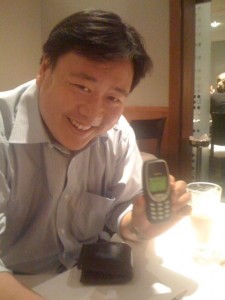
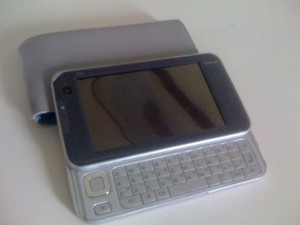
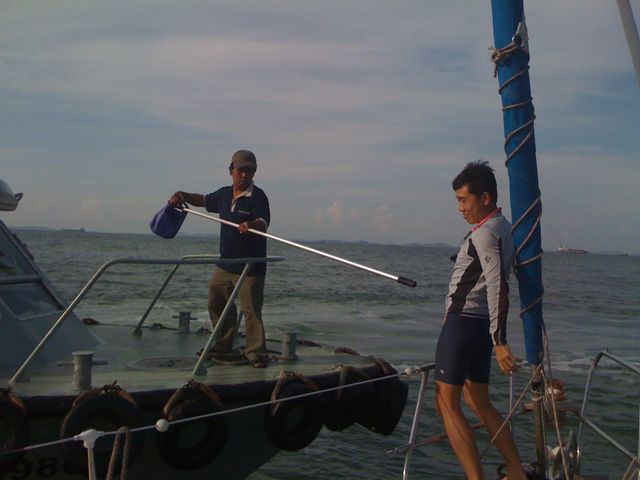 We set off on 24th early morning. We did our immigration clearance on the west side of Sentosa. We set off immediately to the east. Wind condition was bad so we were on our engine assisted sailing. Along the way, we saw a Malaysia police marine heading towards Pedra Branca, for the first time in 30 years allowed to be near there since the Malaysia now owns two (strategic) rocks. We also saw the Singapore stealth ship (I think) near there.
We set off on 24th early morning. We did our immigration clearance on the west side of Sentosa. We set off immediately to the east. Wind condition was bad so we were on our engine assisted sailing. Along the way, we saw a Malaysia police marine heading towards Pedra Branca, for the first time in 30 years allowed to be near there since the Malaysia now owns two (strategic) rocks. We also saw the Singapore stealth ship (I think) near there.